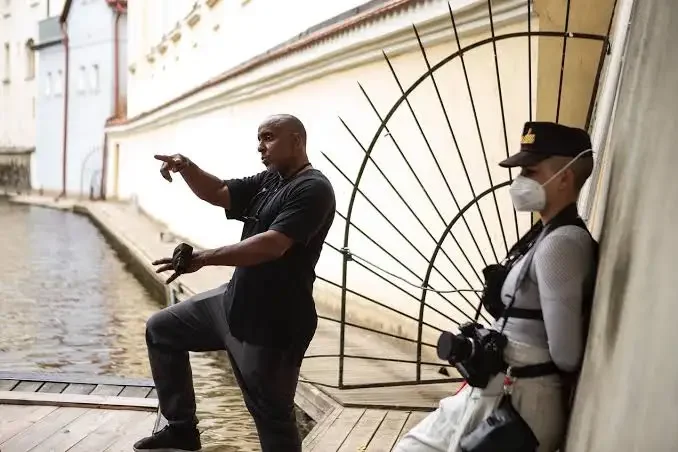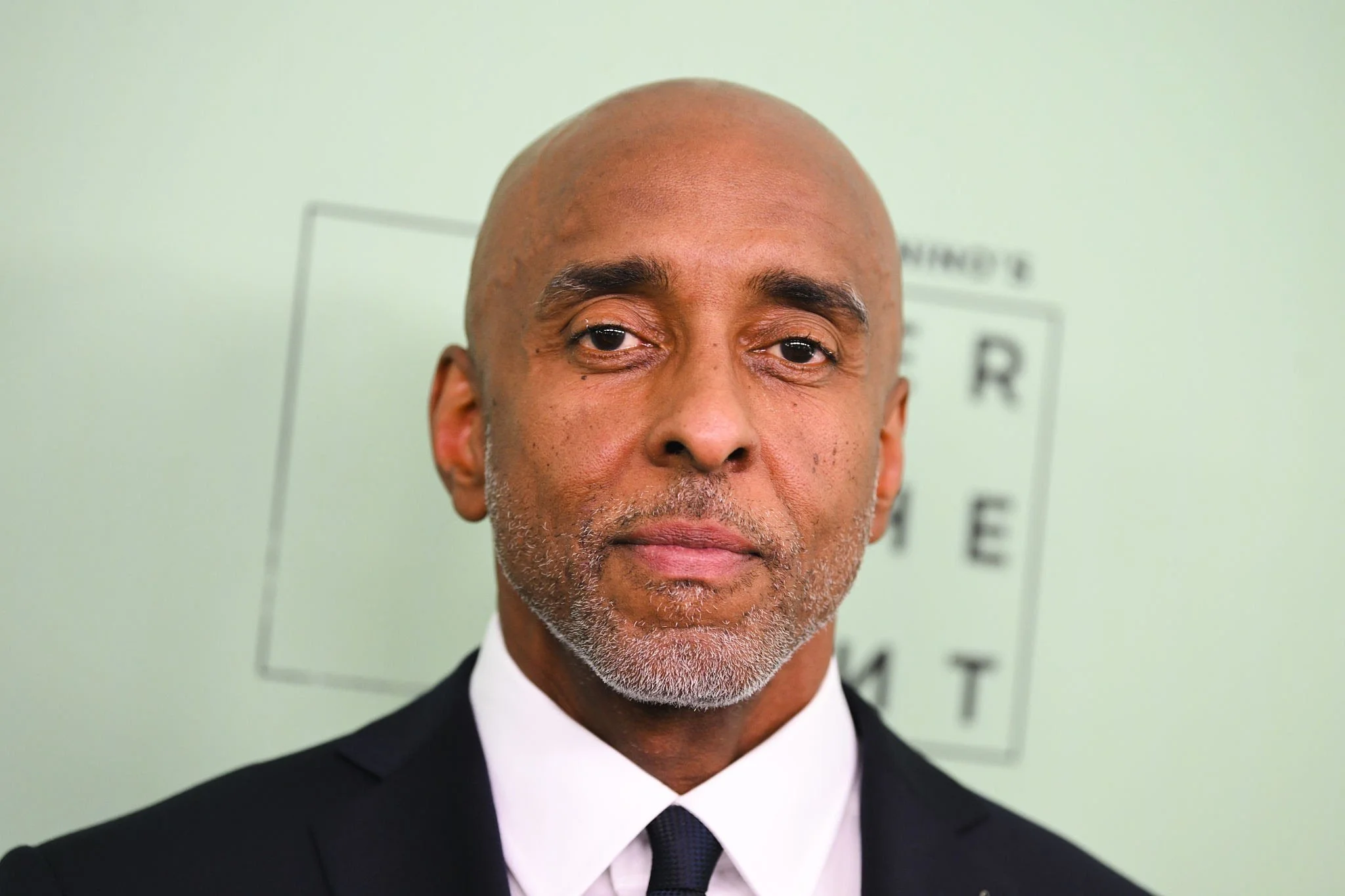Malik Hassan Sayeed turns light into feeling and music into motion on "After the Hunt"
Malik Hassan Sayeed turns images into rhythm and light into feeling with each frame a performance in motion.
The visionary cinematographer behind Beyoncé’s “Formation,” Hype Williams’ “Belly” and now Luca Guadagnino’s “After the Hunt” has spent decades shaping how emotion looks on screen. What he learned capturing the pulse of hip-hop culture now flows through Guadagnino’s cerebral new drama starring Julia Roberts, Ayo Edebiri and Andrew Garfield. It's proof that instinct, rhythm and truth travel effortlessly between worlds.
“Everything we’ve done comes into play,” Sayeed told The Trade. “I’m thankful for the successes, but I’m also thankful for the failures. Every experience was preparation for this moment.”
From Hip-Hop Cinema to High Art
Long before “After the Hunt,” Sayeed had already shifted the language of moving images. A Howard University graduate and mentee of filmmaker Haile Gerima, he came up under Spike Lee, lensing “Clockers” (1995), “He Got Game” (1998), and “Girl 6” (1996). But it was “Belly” — his collaboration with director Hype Williams — that immortalized him among fans and filmmakers alike.
The film’s neon-soaked palette and fluid camera work turned crime drama into poetry, merging the boldness of music videos with cinematic storytelling. Those same instincts — understanding rhythm, color, and mood — became his creative foundation.
“We always tried to make the visual look like how the music sounds,” he said. “That gave us our 10,000 hours.”
No Storyboards, No Safety Nets
On “After the Hunt,” Sayeed entered a completely different rhythm. Guadagnino, known for his fluid and reactive directing style, doesn’t storyboard. He watches rehearsals, then decides how to shoot based on what the actors give him in real time.
“Luca doesn’t know what the next shot will be until we’re there,” Sayeed explained. “When I was younger, that would’ve been tough. Now, I realize I can do it because I’ve done everything else that led here.”
That trust — both instinctual and artistic — defines the partnership. For Sayeed, the process mirrored jazz: improvised, emotional, disciplined. His lighting evokes mood as much as meaning, shifting tones as the story unfolds.
Julia Roberts Sets the Tone
Sayeed describes the energy on set as “flow state filmmaking,” led by Julia Roberts’ quiet command.
“Julia and Michael are masters,” he said, referencing Roberts and actor Michael Stuhlbarg. “They nail it in one take — it’s like watching Kyrie Irving in slow motion, completely in flow.”
He credits that energy — grounded but alive — for the emotional honesty that radiates through the film.
“Energy is real,” he said. “It translates onto the film. You can feel it when you watch it.”
He recalled a story about the legendary Japanese director Yasujiro Ozu’s cinematographer, who believed that whoever touches the camera transfers their energy to the image. “The camera is metal, the film is metal — it’s a conductor,” Sayeed said. “That energy gets transduced.”
Hollywood’s Real Training Ground
Sayeed’s perspective on visual storytelling comes from experience across every medium. “Hollywood has poached talent from music videos for years,” he said. “That was our training ground — the place where we learned to push it, make mistakes, and invent new film language.”
He’s not wrong. Directors like F. Gary Gray, Francis Lawrence, and Zack Snyder all cut their teeth in the same world of hip-hop and pop music videos that shaped Sayeed’s eye. That cross-pollination redefined cinema’s visual grammar. What once lived on MTV became the blueprint for the multiplex.
Legacy, Mastery, and Mentorship
Now, Sayeed is returning to Howard University — not as a student, but as a mentor. His upcoming masterclasses will focus on helping young cinematographers find both artistic voice and technical command.
“If it’s your calling, honor it,” he said. “Learn the craft so you can express yourself honestly.”
That humility defines his worldview. After decades of shaping cultural imagery, Sayeed doesn’t chase legacy; he embodies it. For him, artistry is duty.
“It’s our responsibility to honor the gift we’ve been given,” he said. “Whatever that gift is, work as hard as you can to make it sing.”
The Cinematic Continuum
Malik Hassan Sayeed has spent his career turning music into motion and emotion into light. After the Hunt isn’t a departure — it’s an evolution, proof that the language of hip-hop cinema has not only entered the academy but now defines modern film itself.
Every frame he captures feels like a verse, every light cue like a bar.
And if the image moves you — chances are, Malik Hassan Sayeed conducted it.




